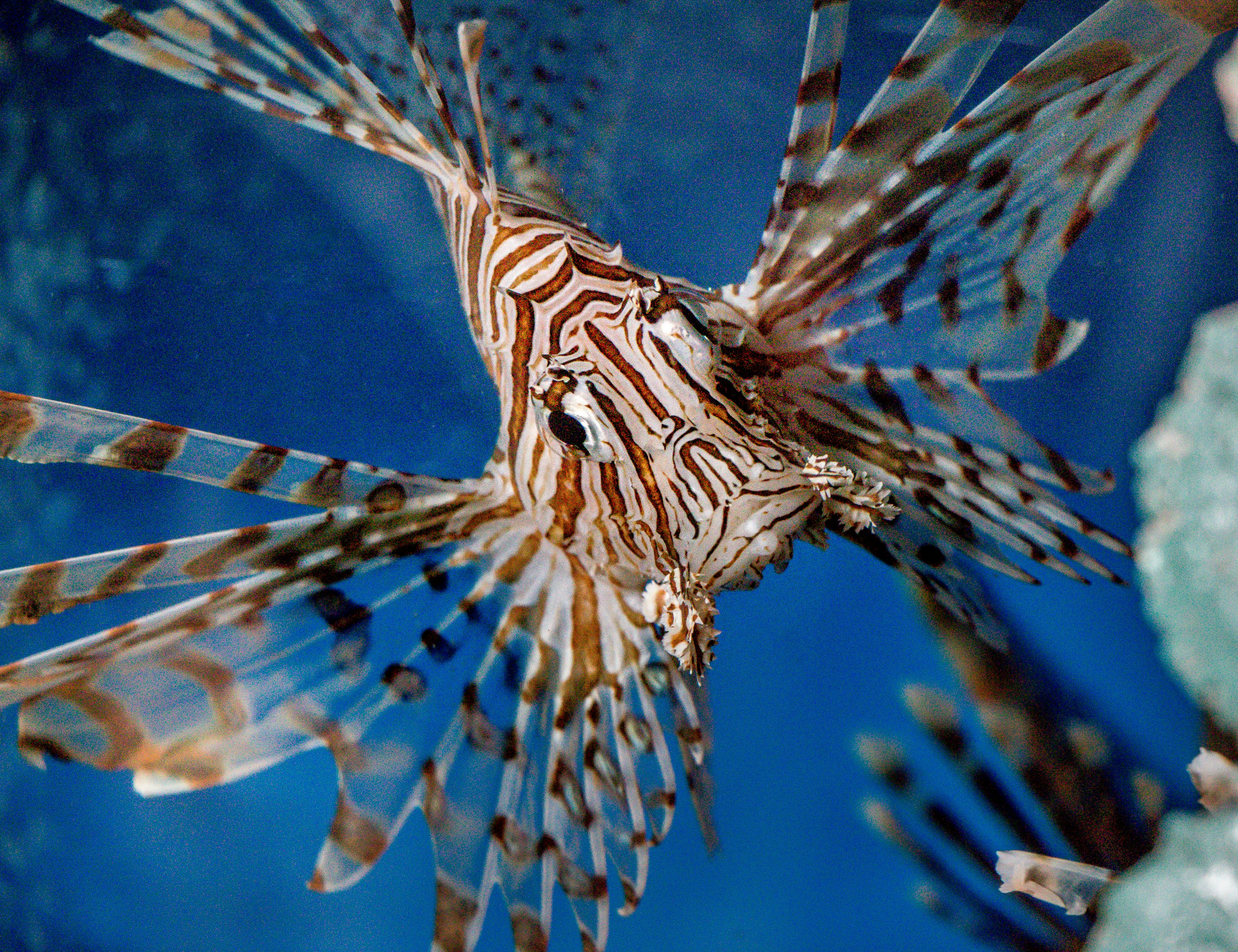Human activity has contributed to a “catastrophic” decline in the average size of monitored wildlife populations in just 50 years, according to the WWF’s Living Planet Report.
The new report, released every two years, takes a deep look at the state of world’s biodiversity with the help of the Living Planet Index developed by the Zoological Society of London, which monitors nearly 35,000 populations across 5,495 vertebrate species from 1970 to 2020.
Overall, the average size of the monitored wildlife populations had declined by 73 percent. However, the study authors note that it’s important to grasp what that statistic actually means.
“The statistic is essentially how much on average populations of vertebrate species around the world have shrunk. So it’s the change in the average size of these populations. It is not how many species have been lost or how many populations have been lost,” Valentina Marconi, co-manager of the Living Planet Index Project, told IFLScience
“It just indicates how much the size of the populations on average has changed since 1970,” she added.
Among the most severe declines were freshwater populations (85 percent), followed by terrestrial animals (69 percent) and then marine (56 percent).
These trends are being driven by a complex mix of factors, but there are a few stand-out culprits: habitat degradation, overexploitation, invasive species, disease, and climate change.

Lionfish, native to the Indo-Pacific, have become an invasive species in the Atlantic Ocean, particularly along the southeast coast of the United States, the Caribbean Sea, and the Gulf of Mexico.
Image credit: Ray Harrington/Unsplash
The severity of the decline also varied between different parts of the world – and it appears that some of the planet’s most biodiverse regions were the hardest hit. Vertebrate animal populations in Latin America and the Caribbean – including the Amazon rainforest – saw a 95 percent decline in relative abundance since 1970.
“There are some well-documented threats in that region. Obviously, deforestation, plus tropical areas are more affected by climate change,” said Marconi.
Marconi explains that another major factor in the decline seen in Latin America and the Caribbean is the rise of the chytrid fungus, an infectious disease that has devastated populations of amphibians and already caused extinctions. Evidence suggests that the fatal fungal disease has been given a boost by climate change – research has shown that unpredictable temperature shifts can impact animals’ immune systems, and that infection can consequently make them even more vulnerable to a changing climate.
Wildlife populations in Africa, another rich hub of biodiversity, have also seen an average drop of around 76 percent.
Declines were less severe in North America and Europe, although this is likely to be a reflection of these regions “exporting” their environmental impact to other parts of the world. Furthermore, extensive habitat degradation had already impacted these regions by the 1970s, Marconi notes.
It wasn’t all doom and gloom. The report did identify several wildlife populations that have stabilized or even grown in recent decades. For instance, a sub-population of mountain gorillas in the Virunga mountains of East Africa increased in size by 3 percent every year between 2010 and 2016, while central Europe’s bison populations boomed from zero to 6,800 between 1970 and 2020.
Aside from a few snippets of good news, the report paints a bleak picture of planet Earth’s wildlife populations.
“Sharp declines in wildlife populations are a clear and urgent warning. These steep drops signal that nature is unraveling and becoming less resilient. When nature is compromised, it is more vulnerable to climate change and edges closer to dangerous and irreversible regional tipping points. When this happens in too many places around the globe, it threatens the very air we breathe, the water we drink, and the food we eat,” Rebecca Shaw, WWF Chief Scientist, said in a statement.
Source Link: Earth's Wildlife Populations Nosedived By 73 Percent On Average Since 1970